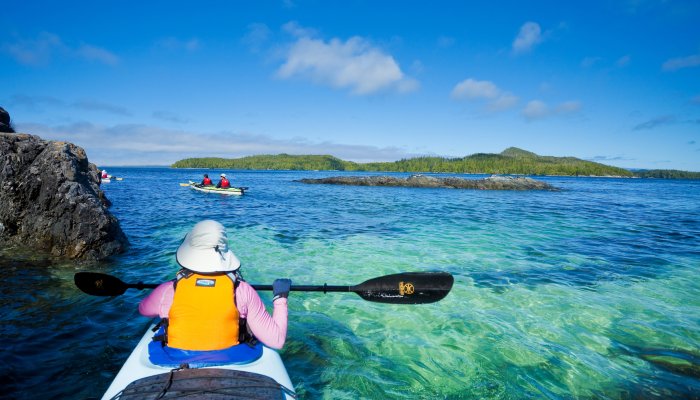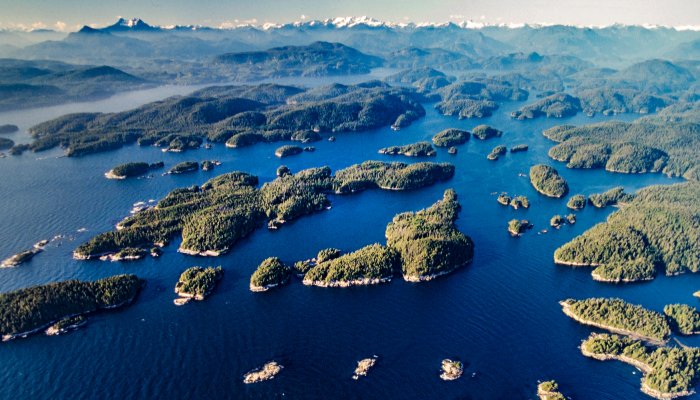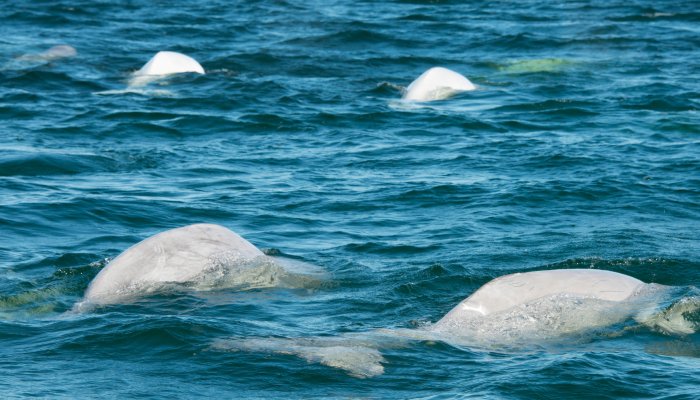Adventure Consultants come in all different shapes and sizes and from all different paths of life. Whether you were previously a physical therapist, a major outdoor sports and recreation retail manager, a sociology student, or a family law attorney, all of us share one trait in common; the belief in the importance of travel as a necessary element of ones life experience. In addition to that, I have a personal interest in the study of the illicit trade of art and cultural heritage property across borders, and the law of the sea.
So while I am out sea kayaking, I am not only thinking about the marine and animal species joining us as we explore, but also the history of the local people, and the millennia of art and cultural heritage that once made the same voyage that we make now, or perhaps rests beneath us in the sand. In our fiberglass carriage gliding us across these waters, I am thinking about the objects that have landed below us, undiscovered, unaccounted for, waiting to be brought back home. These objects were possibly being transported illicitly after warfare, or were stolen and being transported in the black market. Perhaps they were simply being moved from one location to another, but came across tragedy in the journey and find themselves now lost at sea. I am thinking of these objects, what they represented, where they came from, and what history they hold as a piece of our global heritage.
In addition, I am thinking of what would happen to them if they were discovered. As per the Law of the Sea, claim to these objects is (often ineffectively) enforced by codes of National and International Law. There are specialists like INTERPOL, or the Italian Carabinieri, that work together with International Governmental Organizations (IGOs) such as the United Nations Educational, Social, and Cultural Organization (UNESCO), and Non Governmental Organizations (NGOs) such as the International Council of Museums (ICOM), and the International Customs Union, called upon to enforce such laws and help determine how these objects move across borders and international bodies of water. While there are many bilateral and multilateral agreements, laws and conventions set forth between national and international communities to protect objects of cultural heritage, the outcome can be as murky as the some of the waters the art rests in.
There are specific Laws of the Sea in place that aim to control the passage of people and objects through our international water systems. Depending on how many miles from land you are, you could be paddling in either national or international waters, each segment having very specific rules of governance. Over my next few blogs, I will be diving deeper into the provisions of the Law of the Sea in connection with the many exciting places in which we adventure on our tours at ROW Sea Kayak Adventures. With this research, I look forward to learning more about the treasures lost at sea deep below our kayaks as we are out exploring the world.



